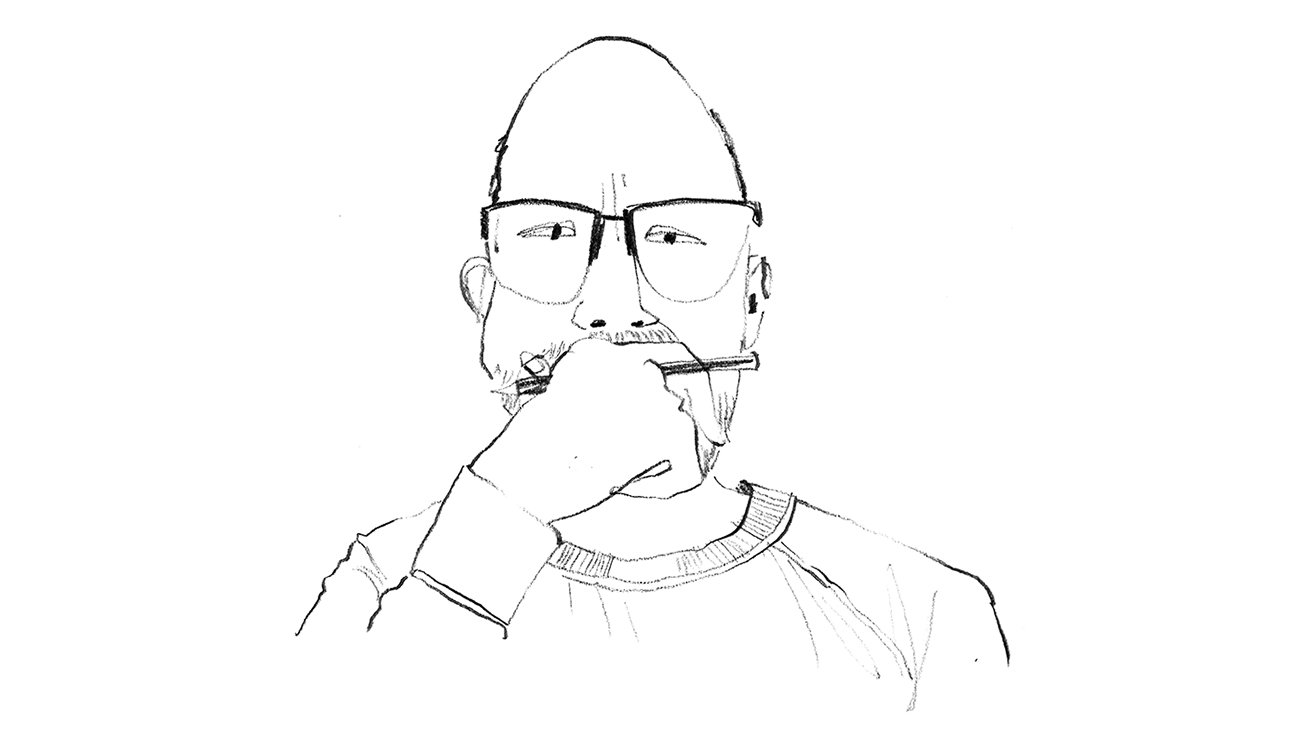How to run design experiments
This is part 2 of of a conversation about the struggle to prove design does made a difference. Part 1 argued why design experiments are valuable. (You can read that article here).
This article explains how to run design experiments.
Step 1. Start with a clear hypothesis
Every good experiment begins with a specific, testable hypothesis that connects design changes to business outcomes.
Weak hypothesis: The new website design will perform better.
Strong hypothesis: Simplifying the navigation from 7 items to 4 will increase conversion rates on product pages by at least 15%.
The more specific your hypothesis, the more valuable your results.
Step 2. Identify the minimum viable test
You don’t need to implement the entire design to test its effectiveness.
A Perth agency we work with had a retail client hesitating about approving an e-commerce redesign. Their solution? Create a simplified checkout process to test with 10% of traffic. When that small test showed a 23% increase in completion rates, the client immediately approved the full redesign.
Step 3. Establish clear metrics and baselines
Before implementing changes, document current performance. For each experiment, define:
- primary metrics that directly connect to your hypothesis
- the timeframe for measurement
- the minimum change you’d consider meaningful.
Step 4.Control for external variables.
Test during stable business periods, compare against historical performance during similar timeframes, and account for seasonal factors.
Step 5. Document and communicate results
The most valuable experiments are worthless if you don’t effectively communicate their results.
Doesn’t have to be complicated: could be a simple one-page experiment summary template documenting the hypothesis, methodology, results, and business implications in a format clients can easily share internally.
Case study
An example we often use is a credit-card sized, cleverly folded brochure with a production cost of three times that of traditional design. I was impressed when the supplier showed me a sample, but the price point seemed prohibitive … until they talked results. When distributed to morning commuters not a single brochure was found in bins in the streets surrounding the train station. None thrown away — every single one had been pocketed.
This wasn’t scientific testing with control groups or statistical analysis, but it was absolutely persuasive. In our sustainability-conscious world, creating marketing materials that people actually keep rather than immediately discard isn’t just good design; it’s smart business. My client bought the idea based on that research alone.
So what?
Experimental approaches to measuring design impact transform how clients perceive design.
Design experiments shift conversations from subjective opinions about aesthetics to objective discussions about business results.
The most successful studios don’t just create great design, they can prove its impact through thoughtful experimentation.
Let’s keep the conversation going. Email Greg for a chat.
Want more insights like this? Subscribe below. (And tell your friends 🙂)
Greg Branson
Design Business Council – business advice for creatives
Want more information like this delivered to your inbox every Wednesday?
The Design Business Review is Australia’s only online design management archive. It’s professional development information written specifically for Australian designers by Australian designers. Best of all, it’s free.
Related articles
How to explain things to clients better
Benchmarks for a creative business
Helping clients embrace change
About Greg Branson
Greg’s passion is the research and development of methods that improve design management and the role of design in business.
His longevity is in his ability to change and adapt. Greg’s career as a traditionally-trained photographer; became an academic, teaching photography to design students; co-founded and ran Mackay Branson design (for over 25 years) until, recognising an area that he loved – design management – was not an area traditionally covered in design education, he founded Design Business Council. Since then he has worked alongside hundreds and Australian creatives helping them manage their business better.
Greg has sat on the AGDA Victoria and National councils, on a number of University and TAFE Advisory Boards and helped rewrite the VCE Visual Communication curriculum.
Outside of DBC, he is a passionate analogue photographer who spends an inordinate amount of time in his darkroom. You can follow his work on instagram @gregurbanfilm
Always happy to chat, he can be contacted here.

